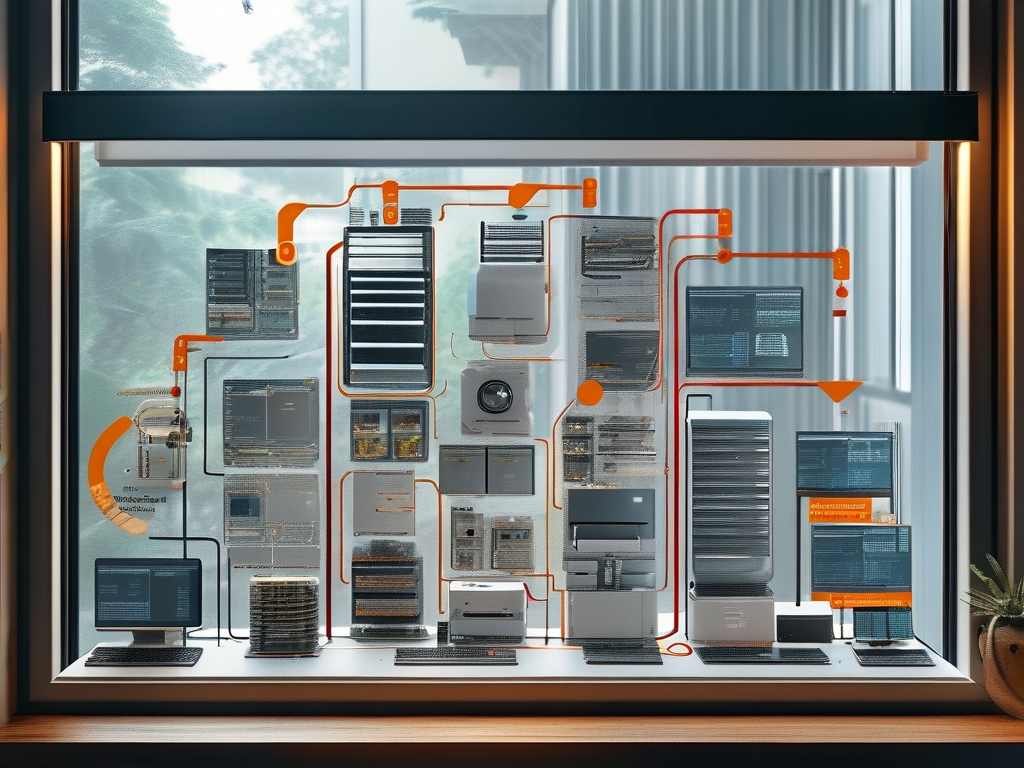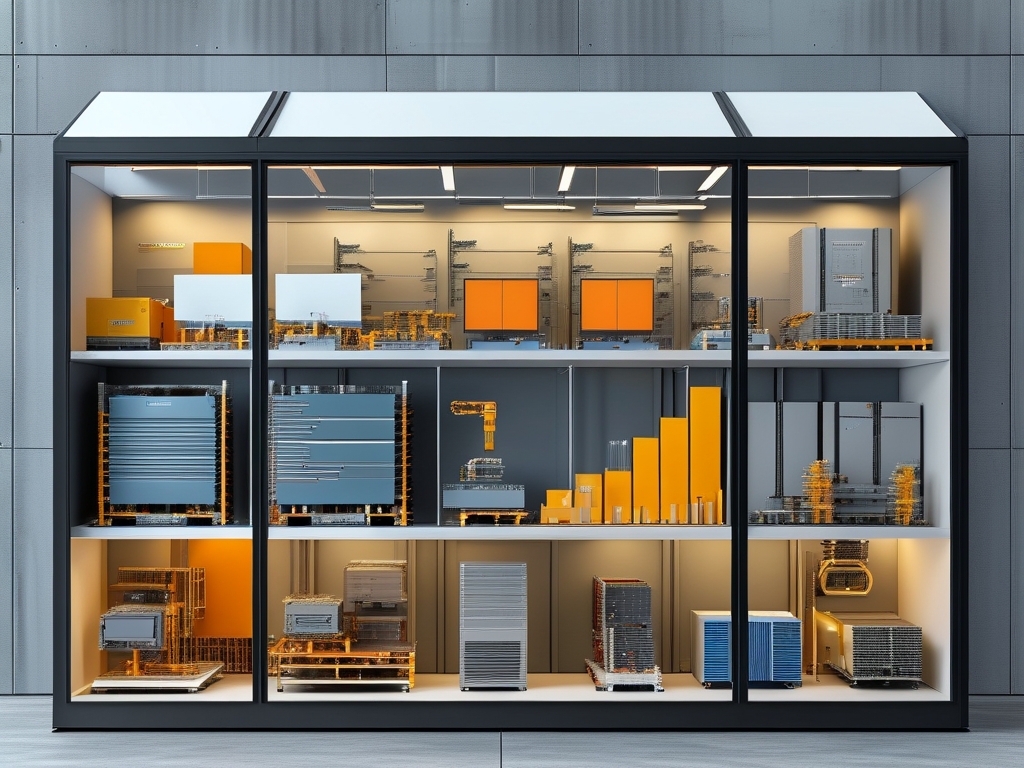In today’s fast-paced retail environment, businesses are increasingly turning to automation to enhance efficiency and customer engagement. One emerging trend is the adoption of automated window display deployment solutions, which streamline the process of designing, updating, and managing retail window displays. This article explores the core components of such systems, their benefits, and practical implementation strategies.
The Need for Automation in Window Displays
Traditional window display setups often involve manual labor, time-consuming adjustments, and inconsistent results. Retailers face challenges like frequent theme changes, seasonal promotions, and the need for real-time content updates. Automated solutions address these pain points by integrating hardware and software to create dynamic, programmable displays. For example, motorized panels, LED grids, and projection systems can be synchronized with scheduling software to rotate visuals based on predefined timelines or sensor-triggered events.
Key Components of an Automated Deployment System
-
Hardware Infrastructure:

- Motorized display frames or rotating panels
- High-resolution screens or projection systems
- IoT sensors (e.g., motion detectors, ambient light sensors)
- Central control units (e.g., Raspberry Pi or industrial PCs)
-
Software Ecosystem:
- Content management systems (CMS) with drag-and-drop editors
- Scheduling tools for timed content transitions
- APIs for integrating third-party data (e.g., weather feeds, inventory levels)
- Analytics dashboards to track engagement metrics
-
Integration Workflow:
A typical deployment might involve scripting to automate content updates. For instance:# Sample script to update display content via API import requests def update_display(content_url, schedule_time): payload = {"content": content_url, "schedule": schedule_time} response = requests.post("https://api.display-system.com/v1/update", json=payload) return response.status_code
Benefits of Automation
- Cost Efficiency: Reduces labor costs associated with manual display changes.
- Dynamic Adaptability: Enables real-time adjustments based on external factors like foot traffic or weather.
- Consistency: Ensures brand messaging remains uniform across multiple locations.
- Data-Driven Insights: Collects customer interaction data to refine marketing strategies.
Implementation Challenges and Solutions
While the advantages are clear, retailers must address hurdles such as upfront costs, technical complexity, and staff training. A phased rollout approach can mitigate risks. For example, pilot testing in a single store allows teams to troubleshoot issues before scaling. Partnering with vendors offering modular systems also helps businesses start small and expand functionality over time.
Case Study: Fashion Retailer Boosts Engagement by 40%
A European fashion brand implemented an automated window system that shifted displays based on time of day and customer demographics. Morning commuters saw quick outfit ideas, while evening viewers encountered cocktail attire promotions. Using motion sensors, the system highlighted items when pedestrians paused nearby. Over six months, foot traffic increased by 22%, and sales from window-featured products rose by 40%.

Future Trends
Emerging technologies like augmented reality (AR) overlays and AI-generated content are pushing boundaries. Imagine windows that analyze a passerby’s clothing style via computer vision and showcase complementary items. Such innovations will further blur the line between physical and digital retail experiences.
Automated window display deployment solutions represent a strategic investment for retailers aiming to stay competitive. By combining robust hardware, intelligent software, and creative content strategies, businesses can transform static windows into interactive touchpoints that drive engagement and sales. As technology evolves, those who adopt early will gain a significant edge in capturing customer attention in an increasingly crowded marketplace.









